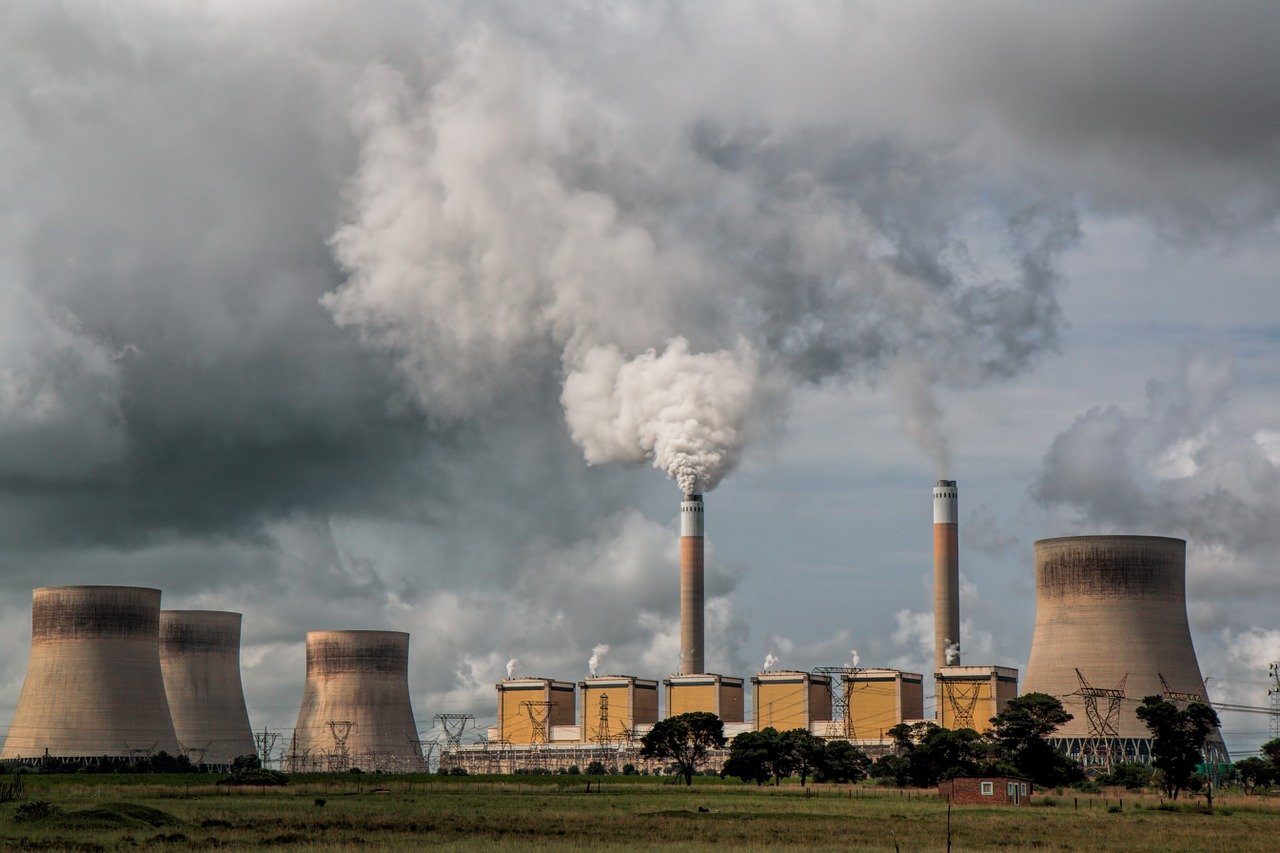The energy market currently faces a crisis.
As of 2020, Parts of Asia, South America, Europe, and the USA have become used to the regular power issues of peaking demands during certain times of the day.
The phenomenon of “Peaking” is when the power grid reaches its “Peak” meaning it has the highest drain on it. Peaks occur at certain times of the day.
Sometimes these even result in blackouts, some of which last for hours or even days.
The issues with forms of energy production based on renewable resources are simply not capable of sustaining the same level of power output throughout the day. The economic issues behind this are obvious and the fact is that, behind the meter, energy storage is needed.
- Global Warming increases the strain on cooling systems, causing an ever-increasing reliance on cooling systems.
- An overreliance on dangerous and inefficient Lithium-Ion batteries. (Lithium is dangerous to produce and dispose of as well as an extremely taxing element to extract and dispose of.)
- Population density increases the energy demand in certain areas while also increasing the amount of pollution produced in those select areas. Companies are forced to rely on backups burning fossil fuels to continue working. This raises expenses which require careful management.
- As part of the “Clean Solution,” the idea was to incorporate a coupling of both renewable and fossil fuels. Currently, there is an insufficient production of energy. The use of renewable sources just isn’t enough at this point.
- Mismanagement of renewable energy sources and the issues like the “Duck curve problem” in Solar energy. The Duck Curve problem is that The Sun doesn’t always shine, making solar only feasible part of the time. Simply put, renewable resources have limited availability and a difficulty in helping curve the peak demand issue.
- With more and more countries passing laws to introduce green requirements into city energy grids without changing the existing infrastructure, the entire system has become fragile.
- The snowball effect of rising cooling demands causing raised power demands leading to cyclic blackouts, raising the initial cost of power creating a hassle of expense management.
As the world progresses, standards of living improve worldwide, and technology becomes more and more integrated into our lives as a direct correlation. Many parts of life demand a regular supply, such as Traffic Signals, Medical equipment (life-support systems), Security systems, and much of the requirements of the Elderly community and digital finance keeping.
The rising strain on the power grid only grows, costing
Roughly 60% of a commercial building’s energy demand is cooling. Commercial buildings demand nearly 40% of the grid’s power. Losing power, even for a short while, is staggeringly expensive.
Annual losses from intermittent outages are estimated to be in excess of $100 billion in the US, although the indirect costs could be up to five times higher.
The cooling demand is a significant contributor to the network’s high peak demand events, causing outages worldwide.
Power outages in major cities like Los Angeles are more and more common. While the “grid” has many backup supply systems to meet the demand, none can match the system’s total drain.
The main problem is the costs (financially and environmentally) associated with maintaining and operating all of the required backup systems (“Peaker” power plants). The cost of building new delivery and distribution systems and replacing or fixing old ones would be astronomical. All of this can be avoided by “playing with the demand.”
Currently, the market needs a cheap, ecologically friendly way to deal with power Demand Management to deal with the above issues.
Two main solutions have been proposed
Several “ecologically friendly” batteries are being researched. A breakthrough in any of them could lead to a world in which fossil fuels are obsolete
Predominant among the new “green” batteries is a battery based on an organic chemical species affectionately known as ‘Methuselah Quinone’,
A system of Thermal Energy Storage (TES) batteries which run on water are in development, the most notable of which is being developed by Nostromo Energy.



 Bitcoin
Bitcoin  Ethereum
Ethereum  Tether
Tether  XRP
XRP  Solana
Solana  USDC
USDC  TRON
TRON  Lido Staked Ether
Lido Staked Ether  Cardano
Cardano  Avalanche
Avalanche  Toncoin
Toncoin